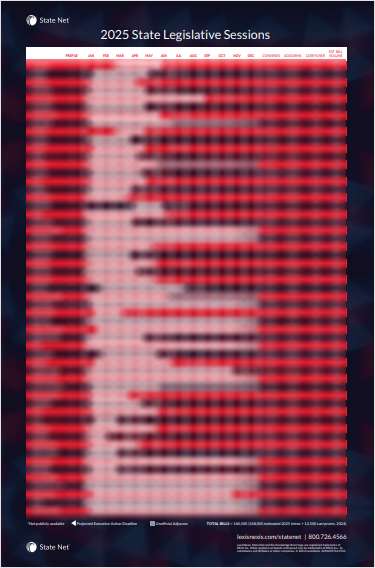Cross-Examination in International Arbitration
In his International Arbitration column, John Fellas writes: Because international arbitration often takes a different approach to the submission of evidence and witness testimony than that taken in U.S. litigation, one cannot approach cross-examination in international arbitration as one would in U.S. litigation.
August 06, 2015 at 03:58 PM
13 minute read
The original version of this story was published on New York Law Journal
One of the paradoxes of international arbitration is that, on the one hand, it is celebrated for being flexible and, on the other, it follows some fairly uniform practices. These practices are sometimes embodied in soft law promulgations by such organizations as the International Bar Association (IBA) (e.g., the IBA Guidelines on the Taking of Evidence in International Arbitration), and cover such issues as the procedures used for, and the scope of, discovery; the use of strict rules of evidence; and the submission of witness testimony. Depending on the arbitrators, some or all of these procedures often presumptively apply to a case unless a party can convince the arbitrators to depart from them or all parties to the proceeding agree otherwise.
These procedures can impact the appropriate approach to cross-examination in international arbitration proceedings. Because international arbitration often takes a different approach to the submission of evidence and witness testimony than that taken in U.S. litigation, one cannot approach cross-examination in international arbitration as one would in U.S. litigation. In this article, I offer three practice pointers for cross-examination in international arbitration. These points are not necessarily exclusive to international arbitration, but rather are an application to that field of more general considerations regarding the conduct of cross-examination.
Whether to Cross-Examine
First, think carefully about whether you should cross-examine a witness at all. While such consideration must be given regardless of the forum for dispute resolution, a decision about whether to cross-examine a witness in international arbitration must take into account a significant difference between the approach to witness testimony in arbitration and that in U.S. litigation.
NOT FOR REPRINT
© 2024 ALM Global, LLC, All Rights Reserved. Request academic re-use from www.copyright.com. All other uses, submit a request to [email protected]. For more information visit Asset & Logo Licensing.
Trending Stories
- 1The Law Firm Disrupted: For Big Law Names, Shorter is Sweeter
- 2Wine, Dine and Grind (Through the Weekend): Summer Associates Thirst For Experience in 'Real Matters'
- 3'That's Disappointing': Only 11% of MDL Appointments Went to Attorneys of Color in 2023
- 4What We Know About the Kentucky Judge Killed in His Chambers
- 5'I'm Staying Everything': Texas Bankruptcy Judge Halts Talc Trials Against J&J
Featured Firms
Law Offices of Gary Martin Hays & Associates, P.C.
(470) 294-1674
Law Offices of Mark E. Salomone
(857) 444-6468
Smith & Hassler
(713) 739-1250








